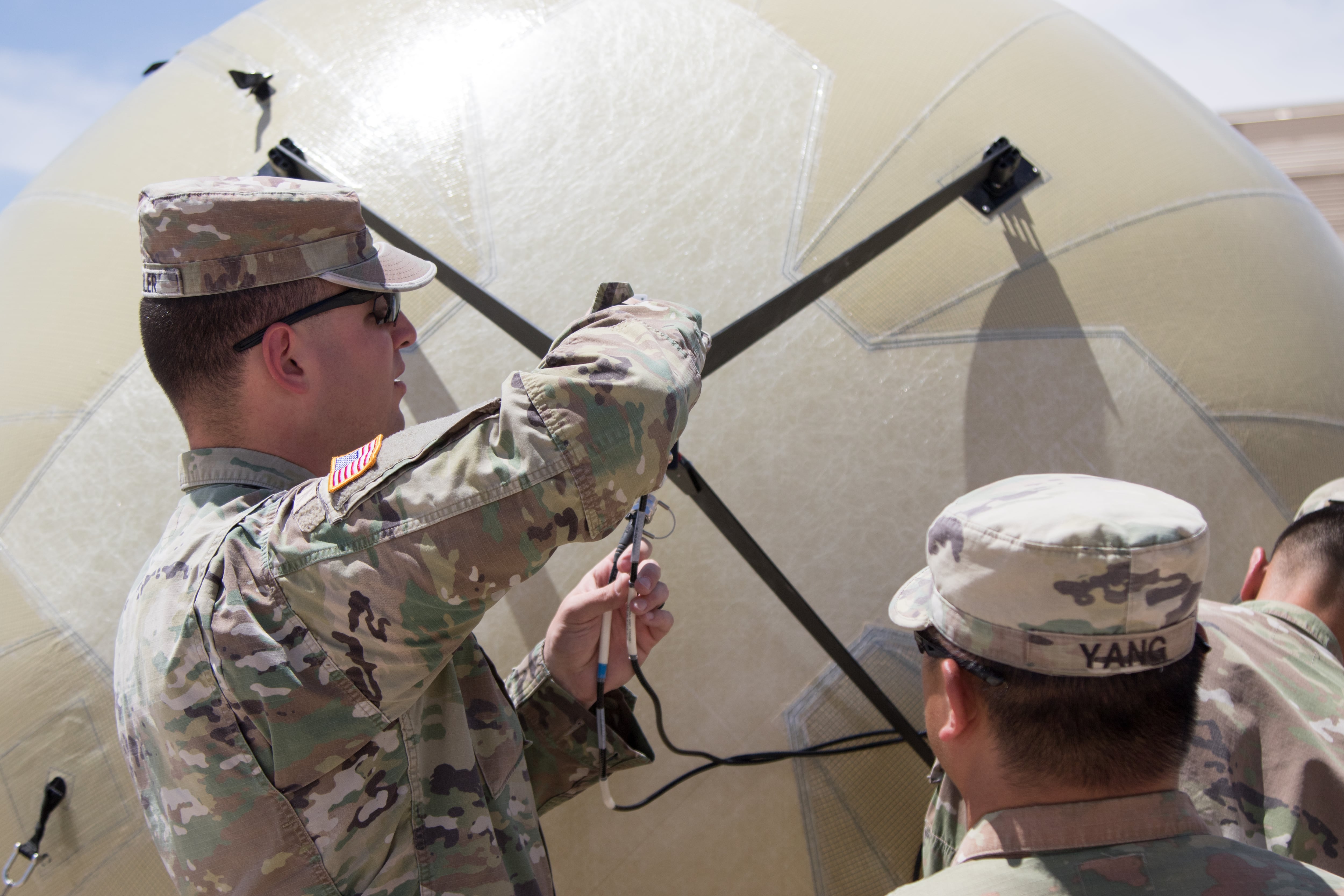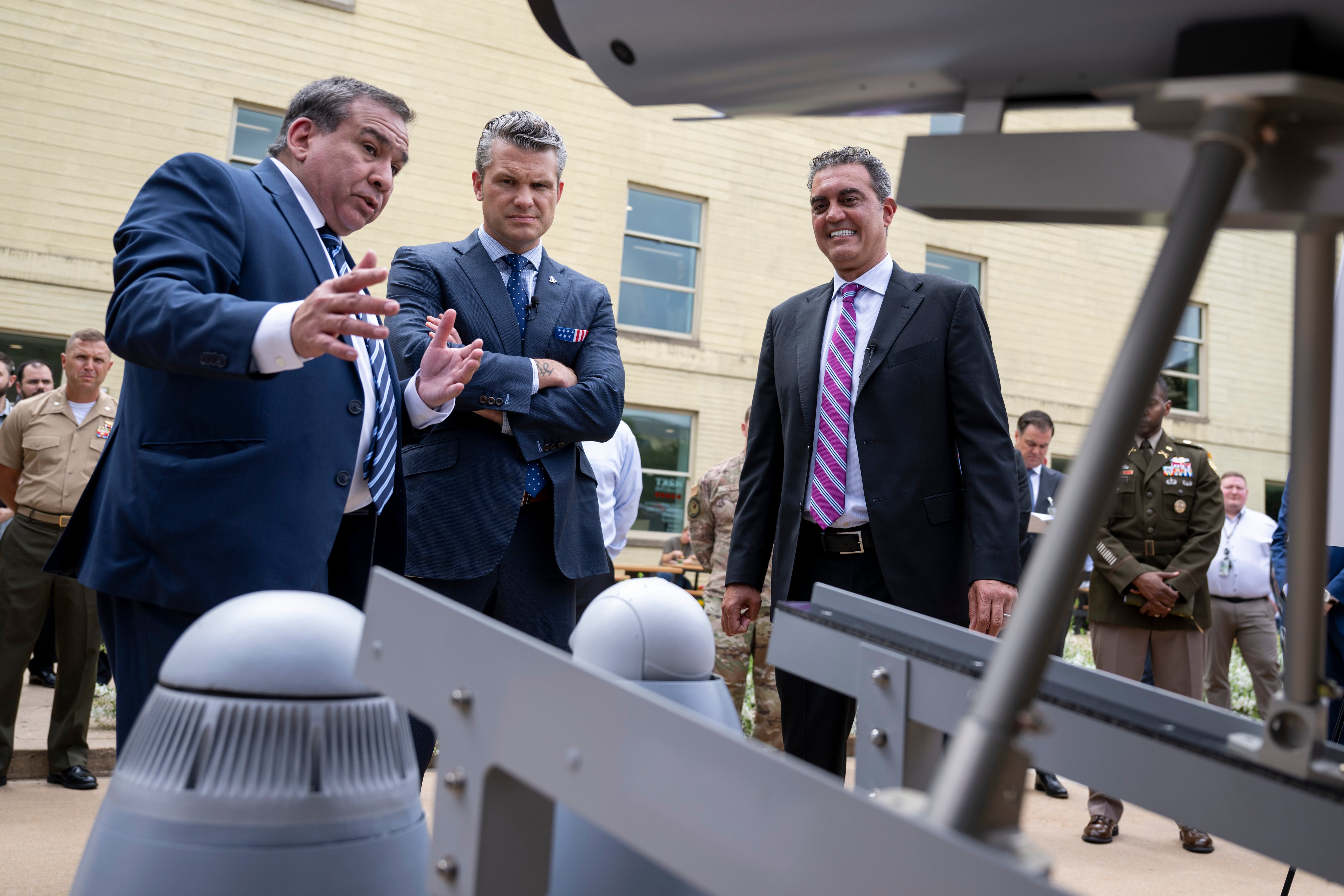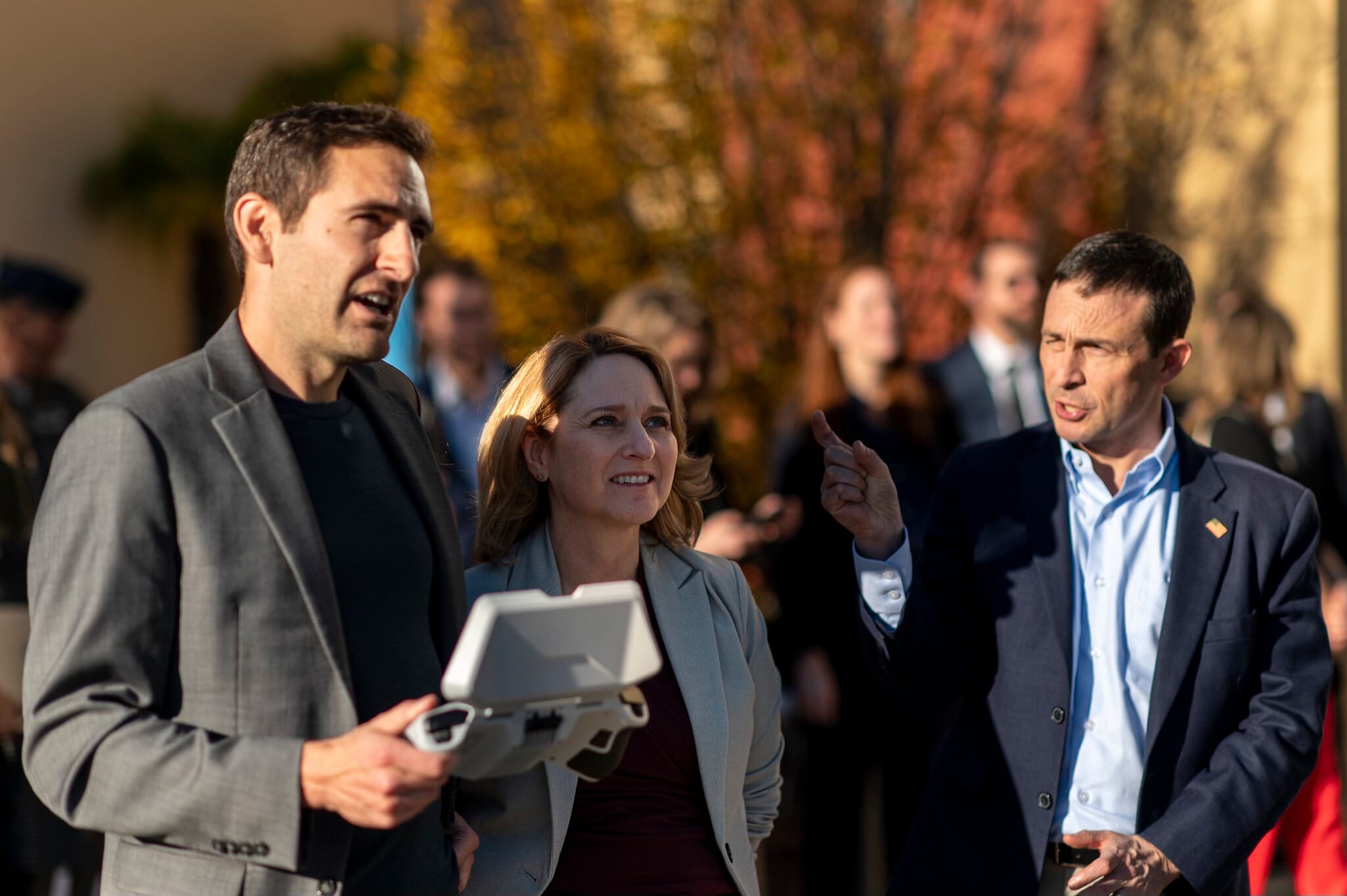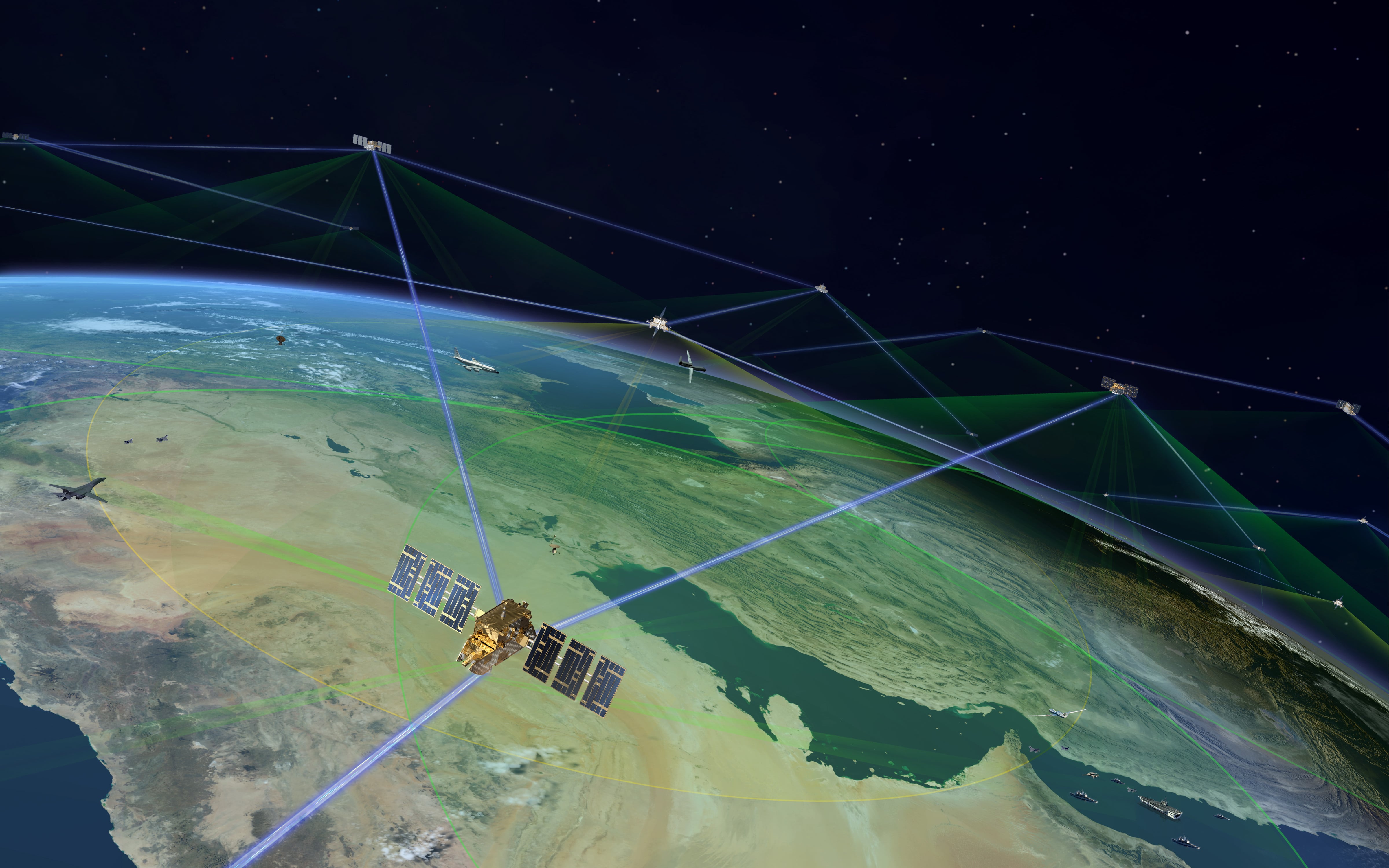As the Army aims to advance its satellite communications capabilities, industry leaders are looking to build long-term partnerships with the branch to provide strategic and future-oriented technologies that fit its requirements. Satellites play a vital role in the Army’s ability to relay communications on and off the battlefield, and industry is working to ensure space acquisitions are made with agility in mind.
C4ISRNET sat down with Jon Bennett, vice president for government affairs, marketing and corporate communications with SES Government Solutions, to discuss how industry is working to leverage partnerships with the Army to put the most resilient communications systems in the hands of soldiers.
C4ISRNET: What trends have you seen with regard to accelerated space acquisition within the military?
Bennett: Congress has repeatedly expressed concern over the [Department of Defense]’s reliance on one-year inefficient concept leases. With that in mind, the department is migrating from an appropriate mix of [commercial satellite] and [military satellite] capabilities. We’re trying to lean forward and really prepare for the long term, with integrated partnerships with commercial operators to ensure DOD acquires security and resiliency for SATCOM capabilities on a strategic, cost-effective basis. Now, that’s the key point. What we liked from last year’s [National Defense Authorization Act] is the concept integration efforts. At the end of the day, U.S. government seniors have acknowledged the importance of the utilization of core capabilities with enterprise architecture: Be smart, calculate your risks, be agile and go fast.
C4ISRNET: What are some of the threats the Army is facing in strategic communications?
Bennett: The changing global threat environment is clear. It’s real and increasing. Thinking about [communications-on-the-move], we’re thinking about Army Futures Command, and some of the prototyping that they’re doing and pursuing through the use of low Earth and medium Earth orbits. What that does is create a multi-layered approach for a space enterprise architecture within the Army. For example, in their space architecture, we’re talking about increasing a level of resiliency that’ll make it tough for adversaries like the Russias and Chinas of the world to be able to take out our some of our comms. The threat, the capability, the will and the intention of disrupting or denying our communication capabilities is a real very real thing.
C4ISRNET: Where are you investing your time and financial resources?
Bennett: Right now, we’re investing in flat panel antennas and the use to support land COTM initiatives. Additionally, we would be using these flat panel antennas to support the advanced capabilities of our future O3b mPOWER constellation.
C4ISRNET: How is industry uniquely positioned to handle some of the requirements that Army puts forward in the future?
Bennett: We tend to leverage our relationships with our partners within the department to include the services Army, Navy, Air Force. What we’ve been able to do is work with these folks within the department or the three letter agencies to help identify a security requirement, and, in turn, leverage that understanding of requirements, go to our manufacturers and relay what security requirements are deemed necessary. Then, in the design of each satellite, we’re able to apply some of those requirements to build out that resiliency with that comms platform.








